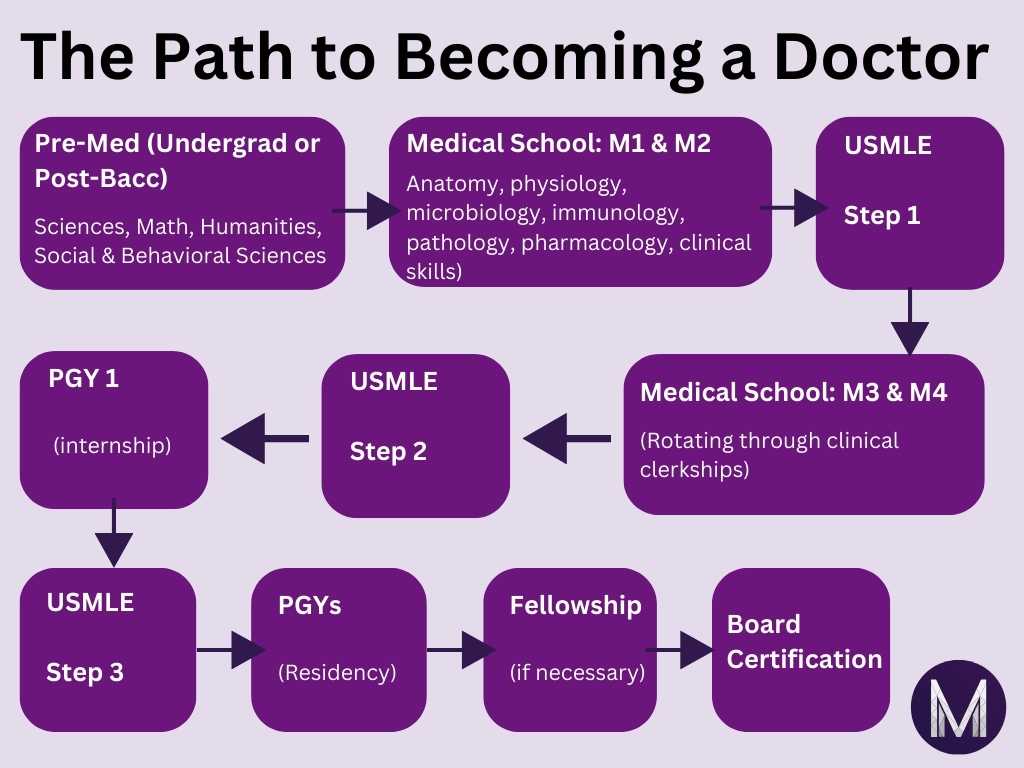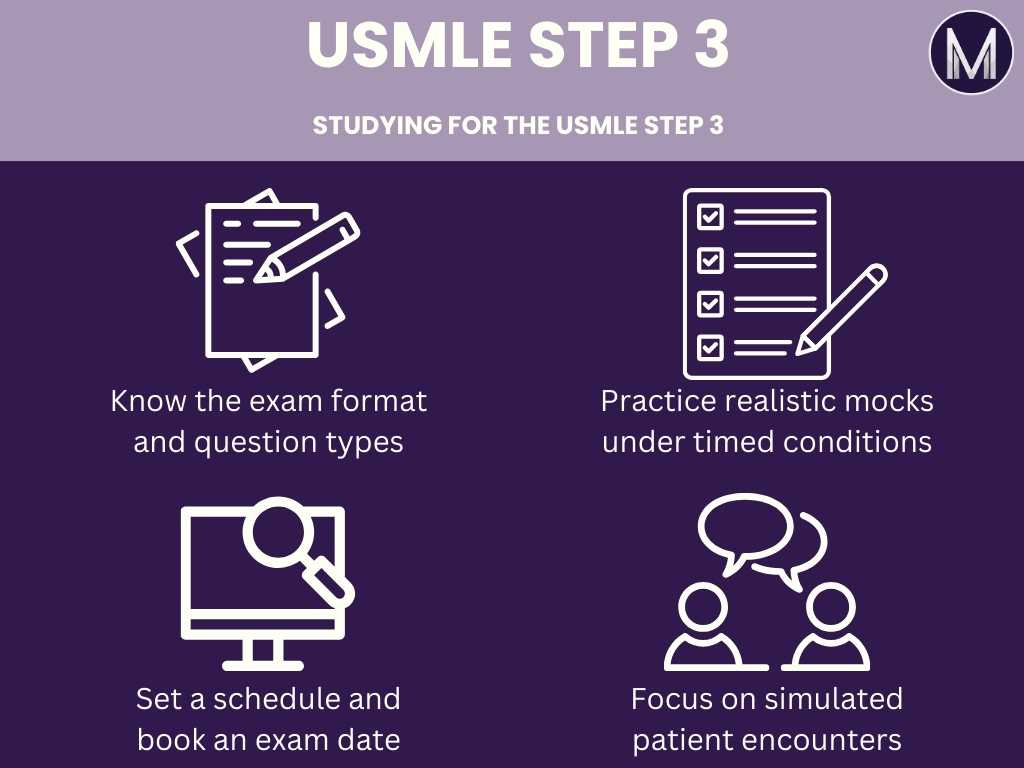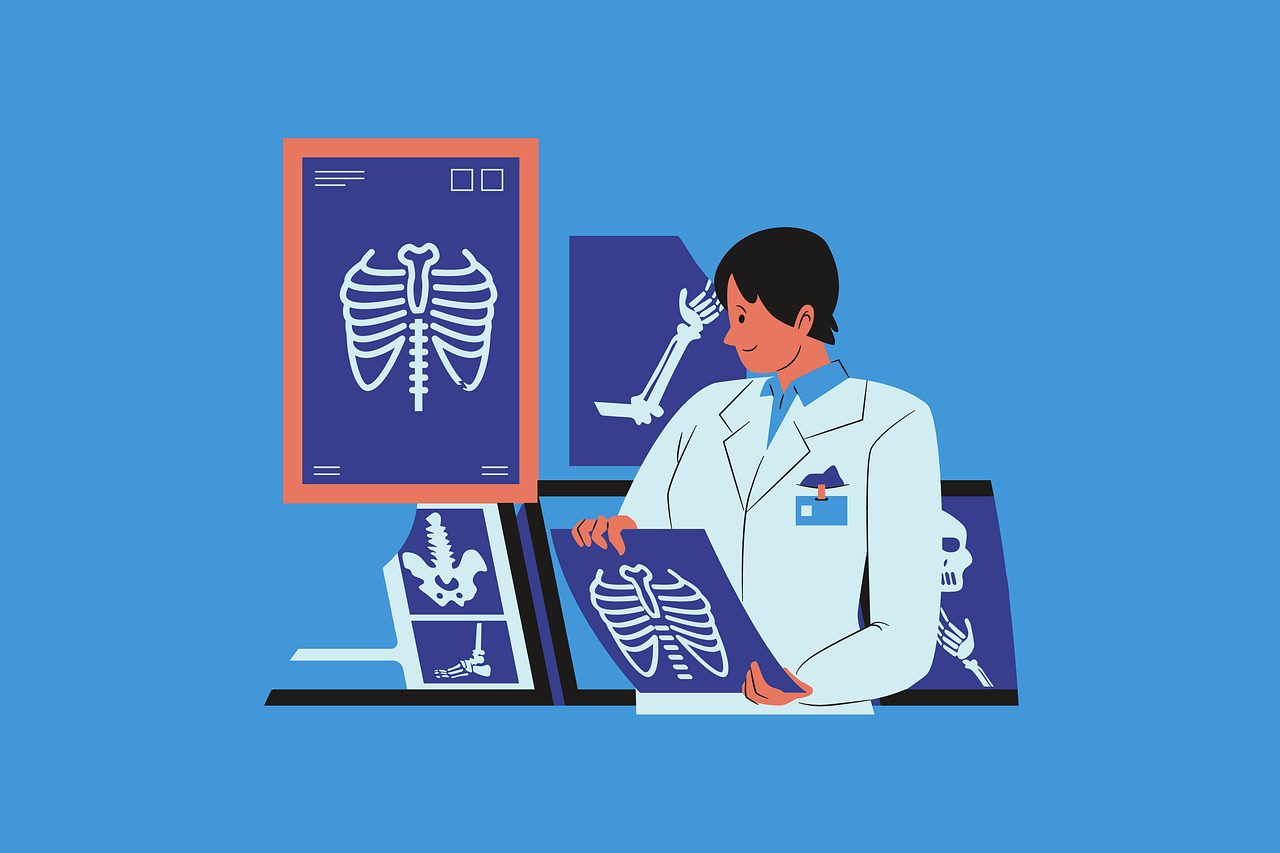
USMLE Step 3: 5 Top Revision Tips

The USMLE Step 3 Clinical Skills exam (CSS) is the final and arguably the most challenging test in the United States Medical Licensing Examination (USMLE) series. Passing this exam is essential for those who want to pursue a career in the medical field and become licensed physicians. However, preparing for the USMLE Step 3 CSS can be overwhelming, especially if you are unsure where to start.
But don’t worry! With the right approach and mindset, you can ace the exam and take your medical career to the next level. In this blog post, we’ll share how to study for USMLE Step 3 with five top revision tips to help you prepare for the USMLE Step 3 CSS and increase your chances of success.
Tip 1: Understand the Format and Scoring System
Before you begin your preparation, it’s essential to understand the format and scoring system of the USMLE Step 3 exam. The exam consists of 12 patient encounters, and each encounter is designed to assess your ability to communicate with patients, gather relevant medical information, and perform a physical exam.
Each encounter lasts for 25 minutes, and you’ll have 10 minutes to complete a patient note after each encounter. Your performance in each encounter will be scored based on specific criteria, such as communication skills, medical knowledge, and diagnostic reasoning.
Scoring System
The USMLE Step 3 exam uses a pass/fail scoring system, with a minimum passing score of 196. Unlike Steps 1 and 2, Step 3 does not provide a numerical score but indicates a pass or fail on the exam. To pass the exam, candidates must demonstrate competence in the knowledge and skills required for practicing medicine without supervision.
The exam consists of multiple-choice questions and computer-based case simulations, emphasizing patient management and the application of medical knowledge to diagnose and treat patient problems.

Tip 2: Practice with Realistic Scenarios
One of the most effective ways to prepare for the USMLE Step 3 CSS exam is to practice with realistic scenarios. You can find many resources online, including practice exams and video cases that simulate the real exam.
Practicing realistic scenarios can help you develop your communication skills, enhance your diagnostic reasoning, and improve your time management skills. It can also help you identify your strengths and weaknesses, allowing you to focus on the areas where you need to improve.

Tip 3: Learn from Feedback
Feedback is essential to learning, especially when preparing for a challenging exam like the USMLE Step 3 CSS. After each practice session, ask for feedback from your peers, mentors, or a USMLE tutor.
Take note of the feedback and use it to identify areas you need to improve. Incorporate the feedback into your revision plan and practice sessions, and continue to seek feedback until you’re confident in your abilities.

Tip 4: Utilize Mnemonics and Memory Aids
The USMLE Step 3 exam requires you to recall vast medical knowledge, including disease presentations, diagnostic criteria, and treatment options. Utilizing mnemonics and memory aids can help you retain and recall this information more effectively.
Create your mnemonics or use existing ones to help you remember complex medical concepts. Use flashcards, charts, or diagrams to help you visualize and organize the information. These tools can be incredibly helpful when revising and preparing for the exam.
Here are a few examples of mnemonics that could help remember complex medical concepts on the USMLE Step 3 CSS exam:
- “PQRST” – A mnemonic for remembering the sequence of questions to ask when assessing chest pain: “P” is for provocation or palliation, “Q” is for quality, “R” is for radiation, “S” is for severity, and “T” is for timing.
- “ABCD2” – A mnemonic for assessing stroke risk factors: “A” is for age, “B” is for blood pressure, “C” is for clinical features (e.g., speech impairment, weakness), “D” is for the duration of symptoms, and “D2” is for diabetes and other risk factors.
- “AEIOU” – A mnemonic for remembering the causes of altered mental status: “A” is for alcohol or drug use, “E” is for electrolyte disturbances, “I” is for infection or inflammation, “O” is for oxygen deficiency, and “U” is for uremia or kidney failure.
- “SLUDGE” – A mnemonic for remembering the symptoms of cholinergic poisoning: “S” is for salivation, “L” is for lacrimation, “U” is for urination, “D” is for defecation, “G” is for gastrointestinal distress, and “E” is for emesis.
Remember that creating your mnemonics can be even more effective, as you can tailor them to your learning style and remember them more easily.
Tip 5: Manage Your Stress and Anxiety
Preparing for the USMLE Step 3 exam can be stressful and anxiety-inducing, but managing your stress levels is essential to perform at your best. Try incorporating stress management techniques into your daily routine, such as exercise, meditation, or breathing exercises. Creating a USMLE Step 3 study plan can help to manage stress by planning your revision.
Get enough sleep, eat a healthy diet, and take breaks when you need to. Maintaining a positive mindset and believing in your abilities is also crucial. Remember, the USMLE Step 3 CSS exam is challenging, but with the right approach, you can succeed.

Bottom Line
Preparing for the USMLE Step 3 CSS exam can be challenging. But now we’ve looked at how to study for USMLE Step 3 with these five revision tips, you can increase your chances of success. Understanding the format and scoring system, practicing realistic scenarios, learning from feedback, utilizing mnemonics and memory aids, and managing stress and anxiety are all essential components of a successful revision plan. Why not call our USMLE tutors in a free consultation to see how we can help.
Remember, the USMLE Step 3 exam tests not just your medical knowledge but also your communication skills and ability to perform under pressure. By incorporating these tips into your preparation, you’ll be well-equipped to face the challenges of the exam and take your medical career to the next level.
Uncover helpful tips and guidance on the supplementary stages of the USMLE exam:
- USMLE Step 1 Understanding
- USMLE Step 2 Understanding
- USMLE Step 3 Understanding
- USMLE Step 1: Top Tips
- USMLE Step 2 Top Tips
- USMLE Step 3 Top Tips
- USMLE Test Day Preparation
Frequently Asked Questions (FAQs)
→ What is the passing score for the USMLE Step 3 CSS exam?
The passing score for the USMLE Step 3 CSS exam varies from year to year and is determined by the National Board of Medical Examiners (NBME). Currently, the passing score is 198.
→ How many times can I take the USMLE Step 3 CSS exam?
You can take the USMLE Step 3 CSS exam up to four times in a 12-month period. However, there are restrictions on how many times you can take the exam in total, depending on your state’s licensing requirements.
→ How long does it take to receive USMLE Step 3 CSS exam results?
The USMLE Step 3 CSS exam results are typically available within three to four weeks after the exam date. However, it is essential to note that there may be some variability in the timing of score reporting depending on factors such as the volume of test takers and any technical issues that may arise during the scoring process.
→ Can I take the USMLE Step 3 CSS exam before completing my residency?
Yes, you can take the USMLE Step 3 CSS exam before completing your residency. However, you must have completed at least one year of residency training to be eligible to take the exam.
→ Is there a time limit for completing the USMLE Step 3 CSS exam?
Yes, there is a time limit for completing the USMLE Step 3 CSS exam. You have eight hours to complete all 12 patient encounters, including the time allotted for taking patient notes. It’s essential to manage your time effectively during the exam to ensure you have enough time to complete all encounters and review your notes.







Was this article helpful?
Still got a question? Leave a comment